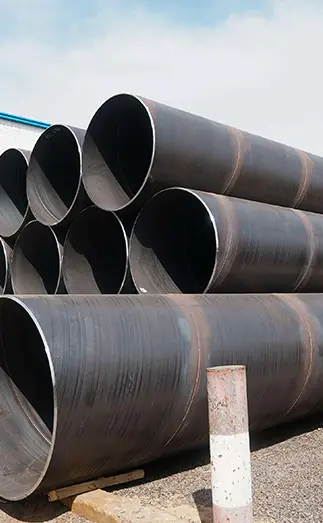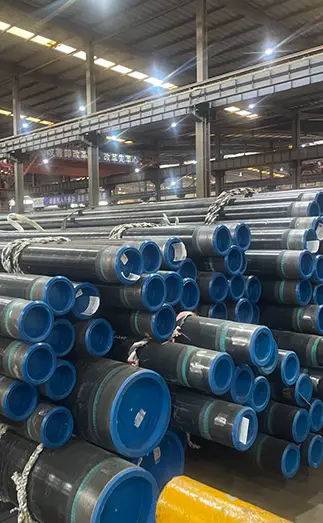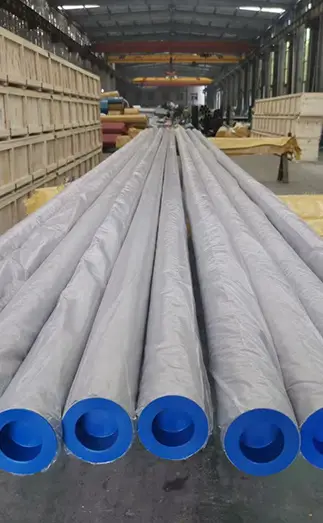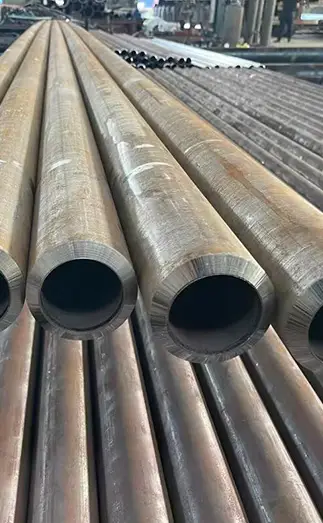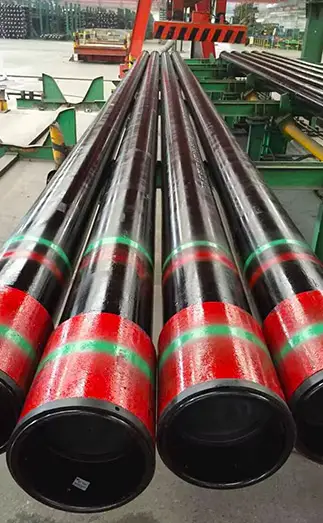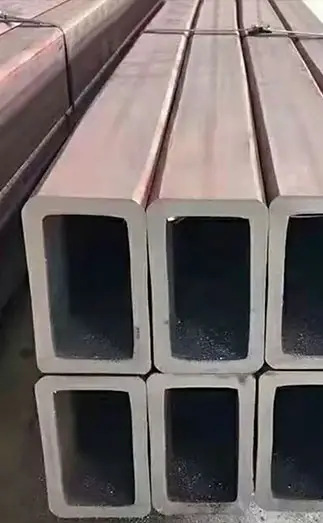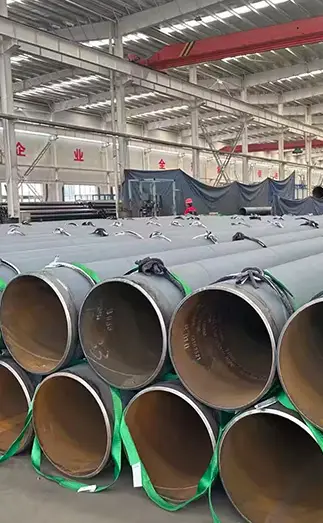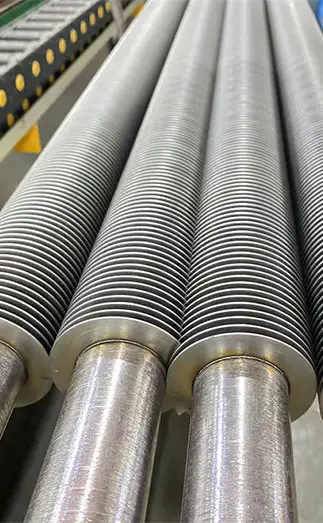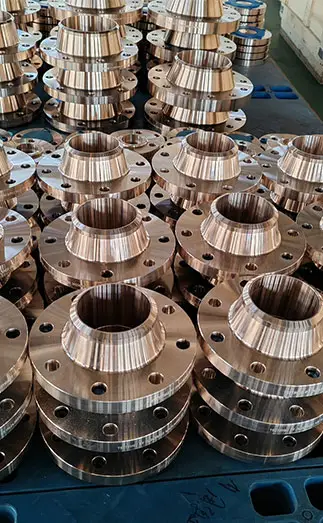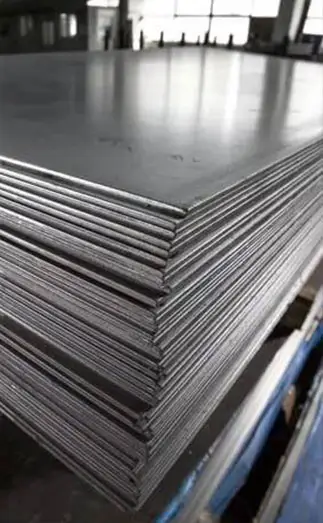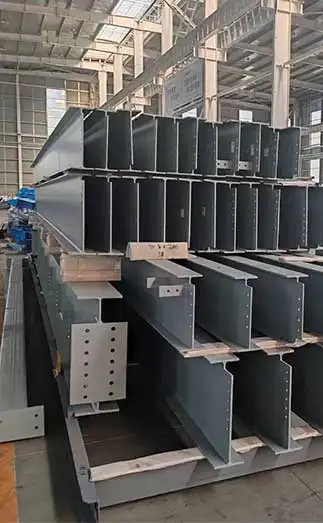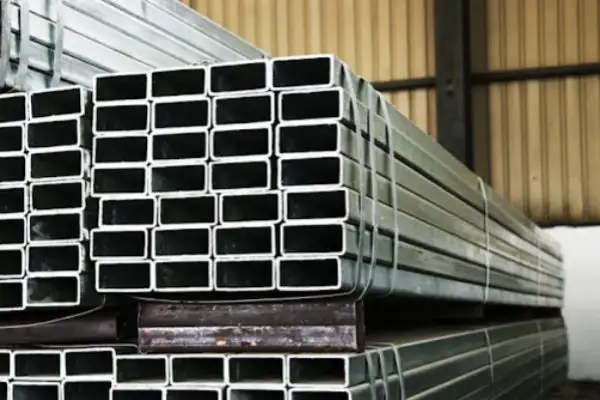In the oil drilling industry, drill pipe is a critical component subjected to high pressure, intense wear, and corrosive environments during deep well drilling. Wear not only reduces drilling efficiency but may also lead to equipment failure or serious safety incidents. Effective repair of worn drill pipes is therefore essential to maintain operational efficiency and ensure safety.
This article outlines common causes of drill pipe wear, repair methods, and key considerations for selecting the appropriate repair solution to extend pipe service life, reduce maintenance costs, and enhance drilling performance.
Super Steel Manufacturing Co.,Ltd is professional oil drill pipes manufacturer, for more details, please contact:sales@super-steels.com
Causes of Drill Pipe Wear
Drill pipe wear is primarily caused by the following factors:
Mechanical friction – Continuous contact with well walls and rock formations.
High pressure and heavy loads – Significant stress during drilling operations.
Chemical corrosion – Caused by interaction with drilling and formation fluids.
Thermal cycling – Exposure to extreme underground temperatures.
Over time, these factors result in varying degrees of surface damage. If left unrepaired, wear can impair operational efficiency and jeopardize overall drilling integrity.
Common Repair Methods for Drill Pipe Wear
The goal of repair is to restore the drill pipe's structural integrity and functional performance. Common repair techniques include:
1. Welding Repair
Suitable for: Pipes with surface wear but no deep cracks or structural damage.
Process: Apply filler material via electric/gas welding, then grind and machine to original dimensions.
Advantages: Cost-effective and efficient. Reinforcement with seamless or carbon steel pipes may enhance strength.
Note: Not ideal for deeply worn or cracked pipes.
2. Thermal Spray Repair
Suitable for: Mild steel pipes with wear from prolonged high-temperature and high-pressure exposure.
Process: Spray alloy coatings onto worn areas to increase surface hardness and corrosion resistance.
Advantages: Enhances wear resistance without altering the base structure.
3. Machining Repair
Suitable for: Pipes with severe wear or strict dimensional requirements.
Process: Remove damaged sections via turning/milling and restore shape; surface treatments may be added.
Advantages: Precise restoration with improved durability.
4. Replacement Repair
Suitable for: Pipes with extensive structural damage.
Advantages: Though costly, ensures maximum reliability and safety. Can be paired with high-strength casing pipe to enhance overall system stability.
How to Choose the Right Repair Method for Drill Pipe Wear
Selecting the optimal repair approach depends on several factors:
1. Extent of Wear
Minor wear/no cracks: Prefer welding or thermal spray.
Severe wear/cracks/deformation: Opt for machining or replacement.
2. Repair Timeline
Urgent repairs: Welding and thermal spray offer faster turnaround.
Longer cycles acceptable: Machining or replacement allows for thorough restoration.
3. Cost-Effectiveness
Budget-sensitive: Welding and thermal spray are economical for mild wear.
Value-focused: Machining suits critical components with higher wear.
Safety-critical: Replacement is ideal for irreversible damage.
Conclusion
As a key OCTG pipe, drill pipe wear management is crucial for safe and efficient oilfield operations. Repair methods such as welding, thermal spraying, and machining can significantly prolong service life and reduce downtime. By assessing the wear condition, operational needs, and cost considerations, operators can select the most appropriate repair solution. With continuous advancements in materials and technology, future repair strategies will become more energy-efficient and intelligent—ensuring more reliable support for sustainable oil and gas development.



 English
English Español
Español Français
Français بالعربية
بالعربية